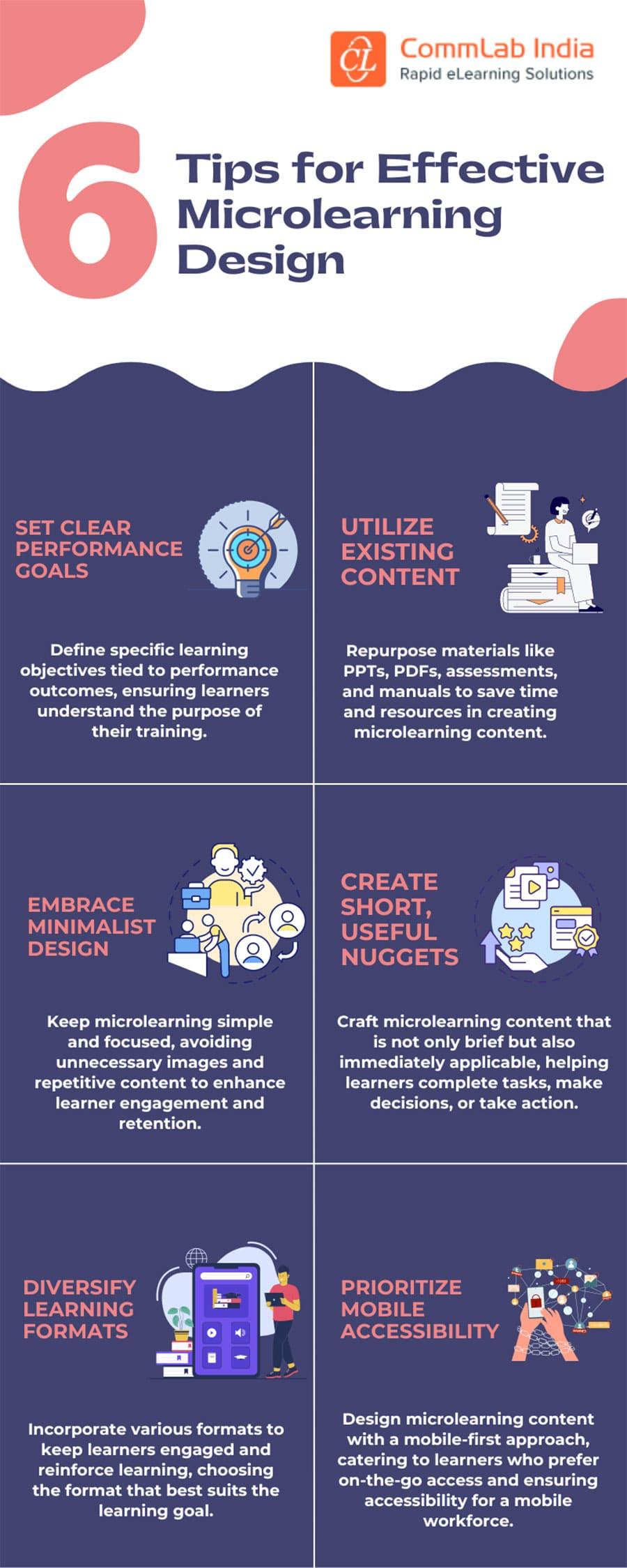Microlearning: Meeting the Modern Learner’s Needs with bite-Sized Training Solutions
In a rapidly changing digital landscape, the way we approach education and corporate training is evolving.Modern learners seek dynamic, focused, and convenient training methods. Enter microlearning—a transformative approach that delivers content in bite-sized, targeted segments. But what exactly is microlearning, and how can it help professionals and organizations thrive? in this article, we’ll explore the concept, benefits, real-world applications, and actionable strategies to harness the power of microlearning for employee development and learner engagement.
What Is Microlearning?
Microlearning is an educational strategy that breaks down complex information into small, manageable units—often as brief as 3-5 minutes per module. These bite-sized training solutions focus on specific learning objectives, making content more digestible and easier to retain.Unlike traditional “one-size-fits-all” training sessions, microlearning offers just-in-time learning experiences that align with how people consume information in today’s fast-paced world.
- Short modules (videos, infographics, quizzes, podcasts)
- Accessible on mobile devices and desktops
- Self-paced, flexible learning
- Targeted for specific skills or knowledge gaps
Why Microlearning Is Perfect for the Modern Learner
The modern learner is digitally connected, often multitasking, and accustomed to searching for swift answers via smartphones and tablets. Multiple studies indicate that attention spans have shrunk, and learners prefer on-demand solutions that do not disrupt their workflow. Here’s why microlearning rises to the occasion:
- Adapts to Busy Schedules: Microlearning modules can be completed during short breaks, allowing learners to integrate training into daily routines without overwhelming time commitments.
- Delivers On-Demand Information: Just-in-time content ensures learners have access to relevant training at the moment of need.
- promotes Better Retention: Focused learning objectives and repetition boost long-term memory and reduce cognitive overload.
- Aligns with Mobile-Frist Habits: modules are optimized for smartphones and tablets, supporting the rise of mobile learning (mLearning).
- Personalizes the Experience: employees can choose what, when, and how to learn, fostering greater engagement and autonomy.
Key Benefits of Microlearning
Incorporating microlearning into your training strategy delivers tangible benefits for individuals and organizations alike:
- Cost-Effective and Scalable: Short modules are less expensive to develop and update, allowing organizations to scale training rapidly.
- Faster Time to Competency: Learners quickly acquire new skills, which improves productivity and business outcomes.
- Higher Completion Rates: Shorter content reduces learner overwhelm, leading to increased completion and engagement rates.
- Data-Driven Betterment: Advanced tracking and analytics offer insights into learner progress and content effectiveness.
- Flexible and Accessible: Modules can be distributed across various platforms, making them accessible anytime, anywhere.
How to Implement Microlearning: Best Practices and Tips
Ready to unlock the potential of microlearning for employee training? Here are proven strategies you can follow:
- Define Clear Learning Objectives: Each module should target a single concept, skill, or behavior. This clarity helps learners focus and boosts retention.
- Use Diverse Formats: Mix videos, infographics, quizzes, podcasts, and slideshows to cater to different learning styles.
- Keep It Short and Focused: Ideally, each microlearning unit should last no longer than 3-7 minutes and cover one key point.
- integrate Gamification: Incorporate badges, leaderboards, and interactive challenges to drive motivation and participation.
- Leverage Mobile Learning: Ensure all content is optimized for smartphones and tablets to enable learning on the go.
- Measure, Analyze, and Adapt: Use analytics to track engagement and learning outcomes – revise content as needed to maximize impact.
Microlearning in Action: Real-World Case Studies
Organizations worldwide have embraced microlearning with remarkable results. Here are some inspiring examples:
CISCO Boosts Sales Training Engagement
CISCO implemented microlearning to enhance its global sales training program. By replacing lengthy classroom sessions with short, focused video modules and interactive quizzes, completion rates soared by 60%. Sales teams reported higher knowledge retention and were able to quickly apply new strategies in the field.
Google’s Just-In-Time Learning Approach
Google delivers “whenever-needed” microlearning modules to its global workforce via its internal platforms. Employees access resources and mini-lessons as they encounter new challenges, resulting in faster onboarding, stronger performance, and continuous upskilling.
First-Hand Experience: An L&D Manager’s Viewpoint
“After introducing microlearning in our compliance training programs, our company saw a dramatic rise in engagement.Employees were no longer dreading hours-long sessions—rather, they found the digestible modules practical and immediately applicable. feedback was overwhelmingly positive, and we observed a 35% increase in course completions within the first quarter.”
— Jennifer Snow, Learning & Development Manager
Frequently Asked Questions About Microlearning
- Is microlearning suitable for all industries?
- Yes, microlearning can benefit any sector seeking to enhance employee skills efficiently—technology, healthcare, finance, retail, and more.
- Can microlearning replace traditional training entirely?
- While microlearning is highly effective for knowledge reinforcement and skill-building, it’s often best used as a supplement to traditional training, especially for complex topics.
- how do you measure the success of microlearning?
- Success can be gauged through participation rates,assessment scores,feedback surveys,and performance improvements on the job.
Conclusion: Future-Proofing Training with Microlearning
In a world where attention spans are short and time is precious, microlearning stands out as the most adaptable training strategy for the modern learner. By offering focused, accessible, and engaging bite-sized training solutions, organizations can boost knowledge retention, enhance learner satisfaction, and stay competitive. Whether you’re a small business or a global enterprise, integrating microlearning into your L&D strategy is a powerful way to future-proof your talent development and organizational growth.
Ready to transform your training? Start small. Identify a topic,create a mini-module,and gather feedback. The results may surprise you—and they’ll set the foundation for a smarter, more agile learning culture.

